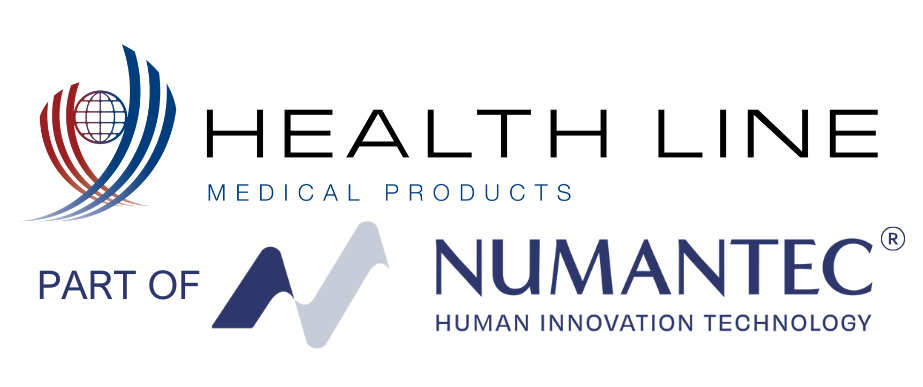How INS (Infusion Nurses Society) guidelines influence the design of Health Line’s Maximal Barrier Kits?
Maximal barrier kits are an essential tool in preventing catheter related infections. They provide a comprehensive, standardized approach to maintaining sterility during CVC insertions, leading to reduced infection rates, lower costs, and improved patient outcomes. The evidence strongly supports their routine use in clinical practice.
The Infusion Nurses Society (INS) suggests various practices to be factored into the design of the Maximal Barrier Kit. Here are the key points:
General Aseptic Field: A decontaminated and disinfected surface or single-use procedure kit/barrier. Used to provide a controlled workspace, promoting, but not ensuring asepsis.
Micro Critical Aseptic Field: A small protective sterile surface/housing (eg, sterile caps, covers, or the inside of recently opened sterile equipment packaging). Used to protect Key-Parts individually and placed/transported within a General Aseptic Field.
Critical Aseptic Field: A large sterile drape/barrier. Used to ensure asepsis; all procedure equipment is placed upon the drape and protects multiple and often large Key-Parts collectively.
Vascular Access Device Insertion: Use Surgical-ANTT, including maximal sterile barrier precautions when inserting a pulmonary artery catheter and arterial catheters via the axillary or femoral artery
Vascular Visualization: Use a sterile single-use gel packet and an appropriate sterile barrier over the probe and disinfect before and after each use to reduce the risk for ultrasound probe contamination and subsequent risk for infection; refer to manufacturers’ directions for use.
Vascular Access Device Removal: Never forcibly remove a CVAD if resistance is encountered. Contact the provider and collaborate with the interprofessional team to discuss appropriate interventions for successful removal. Over-the-wire technique may be useful in removing retained catheters. Maximal sterile barriers should be employed for this procedure.
Health Line PICC and Midline Max Barrier Kits
The Health Line Max Barrier Kits are explicitly designed with CDC and INS guidelines in mind, and to be a reliable tool for health care professionals when conducting PICC and Midline insertions.
The standard components included in the PICC Line Max Barrier Kit align with typical maximal barrier precautions recommended by healthcare organizations. These components include:
Bouffant cap
Face masks
Level 3 surgical gown
Full-size sterile drapes (fenestrated and under-arm)
Infection Prevention Focus: The inclusion of items like ChloraPrep for skin antisepsis and a silver antimicrobial disc suggests a strong emphasis on infection prevention, influenced by INS guidelines.
Standardization: The comprehensive nature of the kit, including items for patient information tracking and procedure checklists, indicates an effort to standardize the insertion process in line with best practices.
Safety Features: The inclusion of safety needles and scalpels adheres to safety guidelines that are a large part of INS recommendations.
Ultrasound Guidance: The inclusion of ultrasound gel and probe cover aligns with modern practices for central line insertion.
Improved Aseptic Technique: The full-body drape provides greater coverage, minimizing the risk of contamination from non-sterile areas.
Health Line is designing their maximal barrier kits to meet the standards set by professional organizations like the INS. We aim to provide all necessary components to ensure sterile technique, reduce infection risks, and standardize the central line insertion process in accordance with best practices and guidelines. Please contact us today for more information and a custom quotation.
References:
Nickel, B. et al., (2024, January/ February) Infusion Therapy Standards of Practice 9th edition. Journal of Infusion Nursing. https://www.ins1.org/publications/infusion-therapy-standards-of-practice/
Grandy, N. et al., (2011, May 1) Guidelines for the Prevention of Intravascular Catheter-related Infections. National Library of Medicine. https://www.ncbi.nlm.nih.gov/pmc/articles/PMC3106269/
